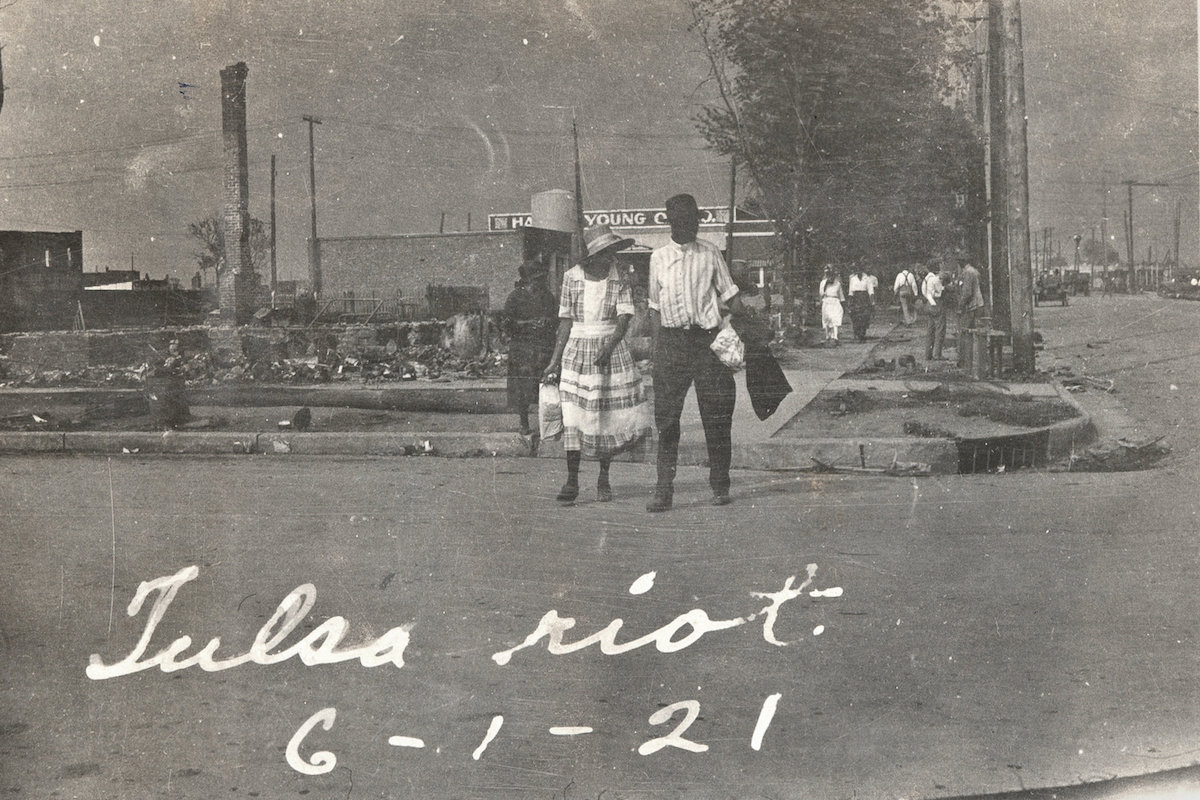On Wednesday afternoon, I traveled to the charming but unassuming neighborhood of Juniper Hill in White Plains to speak with a living legend too few people know about.
Her name is Olivia J. Hooker, and she is a sharp and glorious 103 years old. Not only was she the first African-American women to join the Coast Guard, not only was she a psychology professor and activist, but she is one of the last known survivors of the Tulsa Race Riot of 1921. During the riot, white residents destroyed the prosperous black neighborhood of Greenwood, which had come to be known as “Black Wall Street.” A report by the Oklahoma Commission to Study the Tulsa Race Riot said, “It is estimated that approximately 11,000 blacks resided in Tulsa in 1921, most living in the area of the Greenwood section.” As many as 300 people were killed and 8,000 left homeless.
As The New York Times wrote in 2011 on the 90th anniversary, the Tulsa riot “may be the deadliest occurrence of racial violence in United States history.” And yet, as the Tulsa Historical Society and Museum points out, not one act of violence that occurred that day “was then or ever has been prosecuted or punished by government at any level: municipal, county, state, or federal.”
By Charles M. Blow, The New York Times
Full Article @ The New York Times



You must be logged in to post a comment.